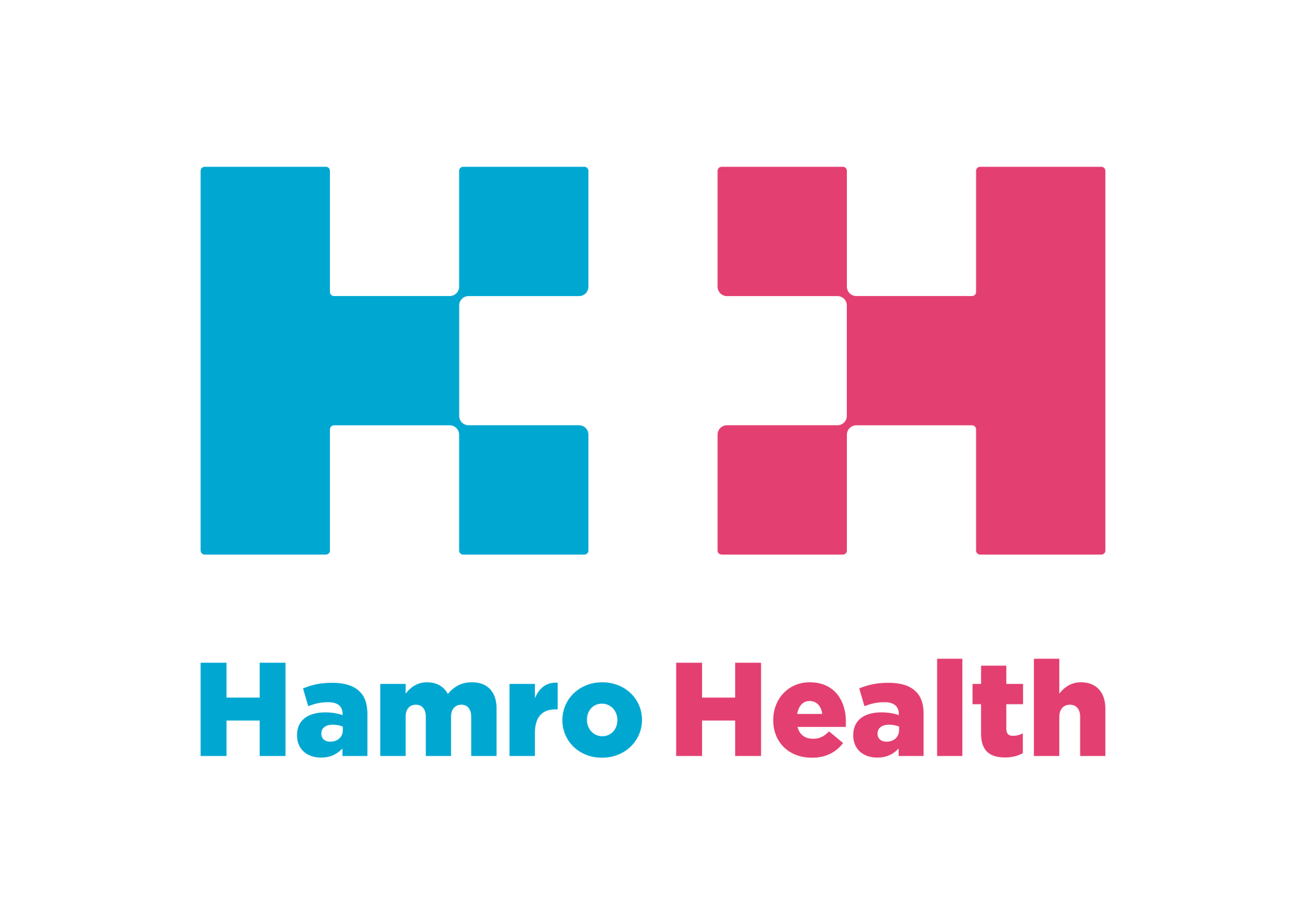Nilima Shrestha
Health Service Executive, HamroHealth Schools
In the hustle and bustle of academic life, the primary focus often rests on grades, curriculum, and educational milestones. However, an often-overlooked aspect that plays a critical role in academic success is the well-being of students. The connection between health and education is profound, and enhancing learning through health is not just a supplementary approach but a fundamental necessity.
The Physical Health and Learning Link
Physical health directly impacts cognitive function and learning abilities. Proper nutrition, regular physical activity, and adequate sleep are essential components of a healthy lifestyle that supports academic performance.
- Nutrition: A balanced diet fuels the brain and body, providing the necessary energy to focus, comprehend, and retain information. Studies have shown that children who eat a healthy breakfast perform better academically than those who skip it. Nutrients like omega-3 fatty acids, iron, and vitamins play crucial roles in brain development and function.
- Physical Activity: Exercise is not just for physical fitness; it also enhances brain function. Physical activity increases blood flow to the brain, promoting the growth of new brain cells and improving memory, attention, and problem-solving skills. Schools that incorporate regular physical activity into their schedules often see improved student behavior and academic outcomes.
- Sleep: Adequate sleep is vital for memory consolidation and cognitive function. Chronic sleep deprivation can lead to difficulties in concentration, lower academic performance, and behavioral issues. Ensuring that students have a consistent sleep routine can significantly enhance their learning capabilities.
Mental Health and Academic Success
Mental health is equally important in the educational journey. Stress, anxiety, and depression can severely hinder a student's ability to learn and perform well in school. Promoting mental well-being involves creating a supportive and inclusive school environment, providing access to mental health resources, and encouraging open conversations about mental health.
- Stress Management: Academic pressure can lead to high stress levels, affecting both physical and mental health. Teaching students effective stress management techniques, such as mindfulness, meditation, and time management skills, can help them cope better and improve their academic performance.
- Support Systems: Schools should provide access to counselors and mental health professionals who can offer support and guidance to students facing emotional challenges. Peer support groups and mentorship programs can also create a sense of community and belonging, reducing feelings of isolation and anxiety.
- Awareness and Education: Educating students about mental health, recognizing symptoms, and encouraging them to seek help when needed can break the stigma surrounding mental health issues. Awareness campaigns and workshops can empower students to prioritize their mental well-being.
Social Well-being and Learning
Social connections and a sense of belonging play a significant role in a student's educational experience. Positive relationships with peers, teachers, and family members can boost confidence, motivation, and overall well-being.
- Inclusive Environment: Creating an inclusive and respectful school culture where diversity is celebrated helps students feel valued and accepted. This sense of belonging can enhance their engagement and enthusiasm for learning.
- Positive Relationships: Strong, positive relationships with teachers and peers provide emotional support and encouragement. These connections can foster a love for learning and motivate students to achieve their academic goals.
- Extracurricular Activities: Participation in extracurricular activities, such as sports, arts, and clubs, allows students to explore their interests, develop new skills, and build friendships. These activities contribute to a well-rounded educational experience and promote social well-being.
The Role of Schools and Communities
Schools and communities play a pivotal role in integrating health and education. By adopting a holistic approach to student well-being, they can create environments that support both academic and personal growth.
- Health Education: Incorporating health education into the curriculum can teach students the importance of physical, mental, and social well-being. Topics like nutrition, exercise, mental health awareness, and stress management should be covered comprehensively.
- Parental Involvement: Engaging parents in the promotion of healthy lifestyles can reinforce positive behaviors at home. Schools can organize workshops and provide resources to help parents support their children's well-being.
- Community Partnerships: Collaborating with local health organizations, sports clubs, and mental health services can provide additional resources and opportunities for students. Community partnerships can enhance the support network available to students and their families.
Conclusion
The connection between well-being and education is undeniable. By prioritizing health in all its forms—physical, mental, and social—schools can create an environment that nurtures both the minds and bodies of students. Enhancing learning through health is not just about improving academic performance; it is about fostering a generation of well-rounded, resilient, and thriving individuals. Investing in student well-being is an investment in the future, where education and health go hand in hand, leading to a brighter, healthier, and more successful tomorrow.
By focusing on the well-being of students, we can create a more holistic and effective educational system. Share your thoughts and experiences on the connection between health and education in the comments below. Let's work together to promote a healthier, more successful future for our students!
Recent Post
October 26, 2025
Recognizing Excellence: The Nurse Incentive Program at Hamro Health
September 20, 2025
June 15, 2025

.png)
.png)
